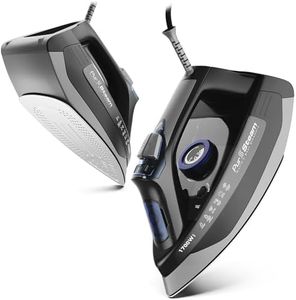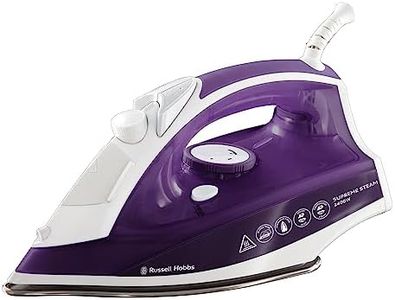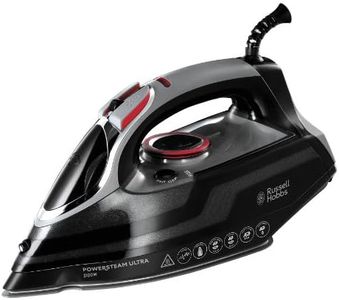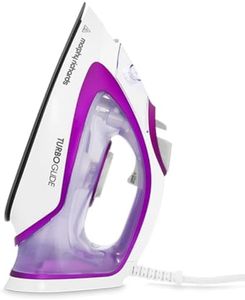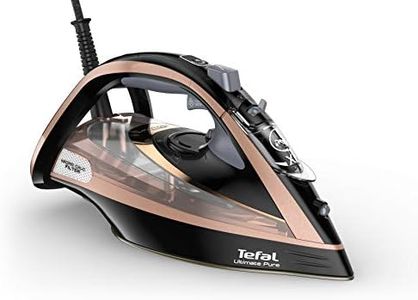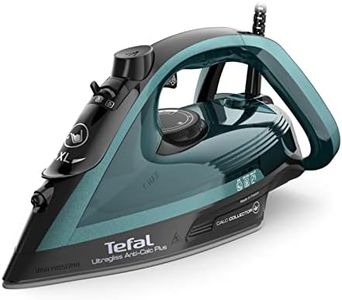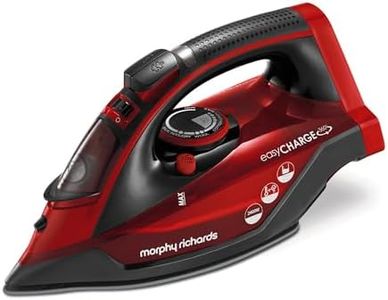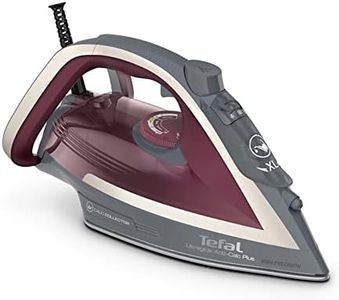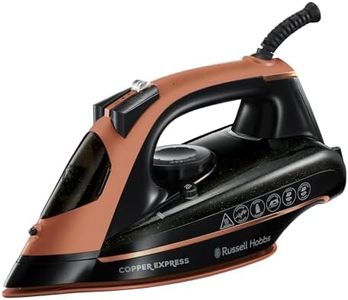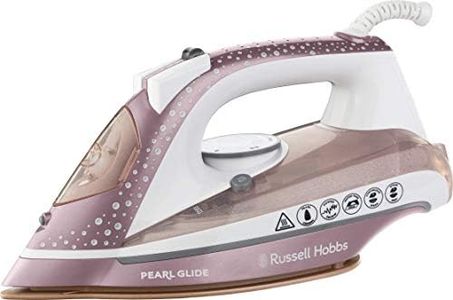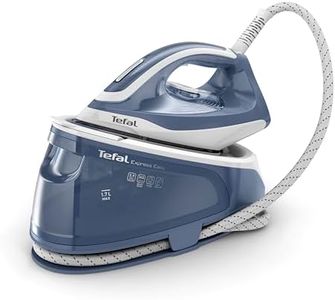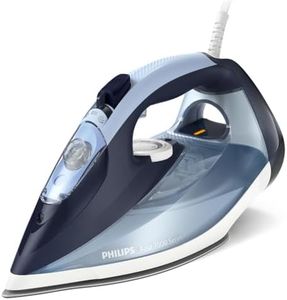We Use CookiesWe use cookies to enhance the security, performance,
functionality and for analytical and promotional activities. By continuing to browse this site you
are agreeing to our privacy policy
How do we rank products for you?
Our technology thoroughly searches through the online shopping world, reviewing hundreds of sites. We then process and analyze this information, updating in real-time to bring you the latest top-rated products. This way, you always get the best and most current options available.

Buying Guide for the Best Irons
When choosing an iron, it's important to consider the features that will best suit your ironing needs. Irons come with a variety of specifications that can affect their performance, ease of use, and suitability for different types of fabrics. Understanding these specifications will help you select an iron that will make your ironing tasks more efficient and effective.WattageWattage refers to the power consumption of the iron. A higher wattage means the iron can heat up more quickly and maintain a consistent temperature, which is important for efficient ironing. Irons typically range from 1000 to 3000 watts. If you frequently iron large loads or heavy fabrics, a higher wattage iron (around 2000-3000 watts) would be beneficial. For occasional use or lighter fabrics, a lower wattage iron (1000-1500 watts) may suffice.
Steam OutputSteam output is the amount of steam the iron produces, which helps to remove wrinkles more effectively. It is usually measured in grams per minute. Irons with higher steam output (above 50 grams per minute) are better for heavy fabrics and stubborn wrinkles. If you mostly iron delicate or lightweight fabrics, a lower steam output (around 20-30 grams per minute) might be adequate. Consider your typical ironing tasks to determine the right steam output for you.
Soleplate MaterialThe soleplate is the flat surface of the iron that comes into contact with the fabric. Common materials include stainless steel, ceramic, and non-stick coatings. Stainless steel is durable and glides smoothly, making it a popular choice. Ceramic soleplates distribute heat evenly and are good for delicate fabrics. Non-stick coatings prevent fabrics from sticking, which is useful for synthetic materials. Choose a soleplate material based on the types of fabrics you iron most often.
Water Tank CapacityThe water tank capacity determines how much water the iron can hold for steam generation. Larger tanks mean less frequent refilling, which is convenient for long ironing sessions. Capacities typically range from 200 to 400 milliliters. If you often iron large batches of clothes, a larger tank (300-400 ml) will be more practical. For smaller, quick ironing tasks, a smaller tank (200-250 ml) may be sufficient.
WeightThe weight of the iron affects how easy it is to handle and maneuver. Heavier irons can press down on fabrics more effectively, which can be beneficial for removing tough wrinkles. However, they can also be tiring to use for extended periods. Lighter irons are easier to handle and are better for quick touch-ups or for those who prefer less strain on their wrists. Consider your comfort and the duration of your typical ironing sessions when choosing the weight of your iron.
Temperature ControlTemperature control allows you to adjust the heat setting of the iron to suit different types of fabrics. Some irons have manual dials, while others offer digital controls with preset fabric settings. Accurate temperature control is important to prevent damage to delicate fabrics and to ensure effective ironing of heavier materials. If you iron a variety of fabrics, look for an iron with precise and easy-to-use temperature controls.
